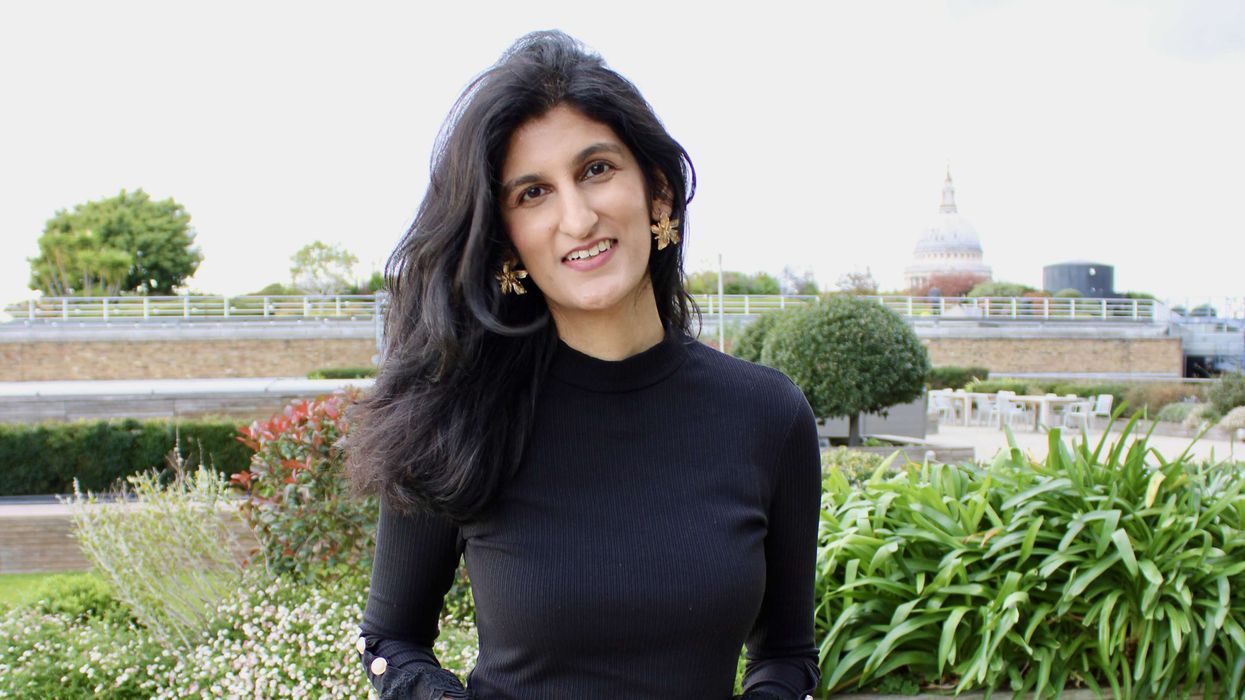COMMUNITY pharmacists can play a key role in an integrated NHS and help improve patient care, an influential business leader in the sector has said.
Bharat Shah, who co-founded Sigma Pharmaceuticals, said stronger collaboration among primary healthcare providers can provide patients with the best possible care by fostering a unified and coordinated approach.
His comments came at the annual Sigma conference, which, this year, was held in Johannesburg, from February 26-29.
More than 220 participants – including influential healthcare leaders and key representatives from the pharma industry – gathered to explore the theme of ‘Community pharmacy in an integrated NHS’.
Sigma CEO Hatul Shah said the conference aimed to “bring influential and innovative people in the sector together to facilitate sharing information and enable patients to get the best possible outcomes.”
He added, “To do this, we need a sustainable sector in community pharmacy. By collaborating and assimilating what our speakers convey, I’m certain we can lead a new generation of healthcare in the UK.”
He praised Pharmacy First as a “crucial first step” in recognising and funding community pharmacies, which patients view as their first point of contact for advice.
Pharmacy First is a new initiative launched across England that enables patients to receive treatments for seven common conditions directly from a pharmacist without a GP’s appointment or prescription. These include sinusitis, sore throat, earache, infected insect bite, impetigo, shingles and uncomplicated urinary tract infections in women.

This year’s event brought together the chief pharmaceutical officers of the four UK nations – David Webb (England), professor Alison Strath (Scotland), Andrew Evans (Wales) and professor Cathy Harrison (Northern Ireland) on one platform.
Webb said the four chief pharmaceutical officers were taking steps to deliver on the recommendations of the independent UK Commission report so that pharmacy leaders and specialist professional groups could “work collaboratively”.
He added that the UK pharmacy professional leadership advisory board, launched in October 2023, will lead the delivery of the vision set out by the commission.
Sir Hugh Taylor has been appointed as its independent chair of the advisory board, which involves the eight pharmacy bodies and the Academy of Medical Royal Colleges. Webb said they are currently recruiting independent expert members of the board, with a first meeting later this month.
The UK Commission on Pharmacy Professional Leadership focuses on five themes – leadership, policy and professionalism; regulatory support; regional, country and international relations and engagement; the scope of practice for future pharmacy professionals; and professional education and training.
Strath also emphasised the importance of collaboration and using skills, capabilities and capacity across all organisations to have a “common focus and a shared vision.”
Evans said they were transforming community pharmacy in Wales to meet the needs of the NHS and the citizens of the country, building on the strengths of the sector.
Among other key points of transformation, Evans spoke about integrating community pharmacy within the wider health and care system as well as ensuring adequate funding by making the sector “an investable proposition” in the eyes of the commissioners and the government.
Sharing the community pharmacy strategic vision 2023, professor Harrison said the skills of community pharmacists will be fully utilised to “increase capacity within health and social care, to manage demand and support people to maintain their wellbeing and lead healthy, active lives.”
Community pharmacy consultant Hemant Patel was also among the distinguised speakers. He called for collaboration in the industry and moving away from “isolated operations” and competing for “funding and personnel.”
Patel also stressed the importance of developing a “shared vision” at the local level.
Sigma is one of the largest independent short-line pharmacy wholesalers in the UK, serving independent pharmacies, dispensing doctors and hospitals for over 40 years.
It provides an industry-leading range that includes generics, branded medicines, OTC medicines, parallel imports and unlicensed medicines.












